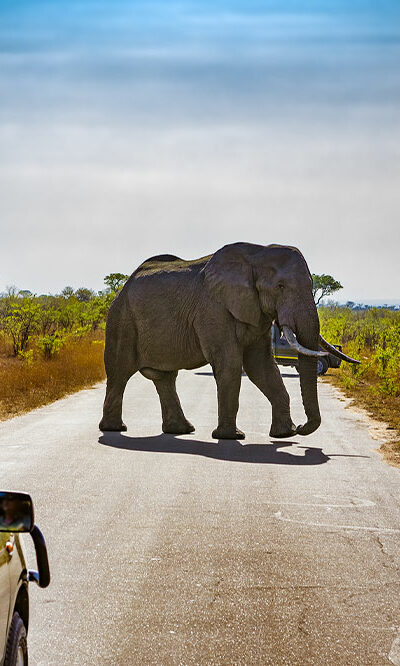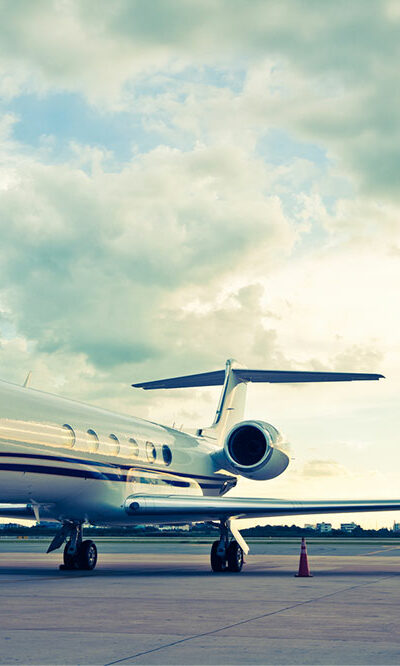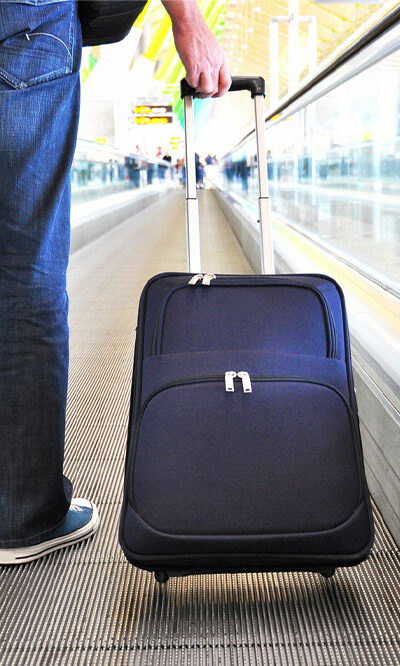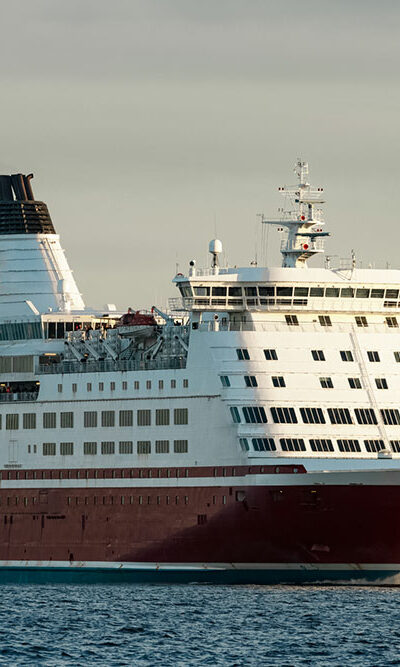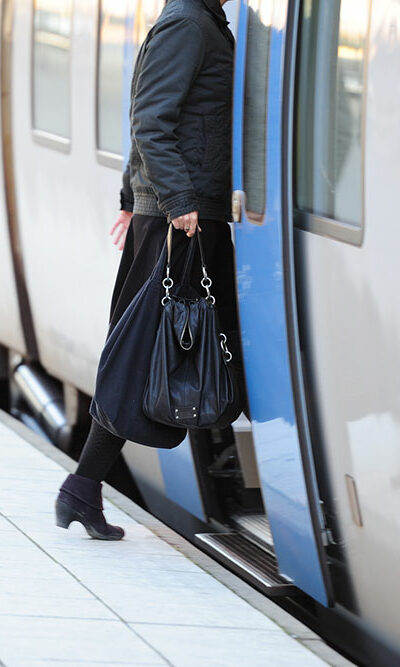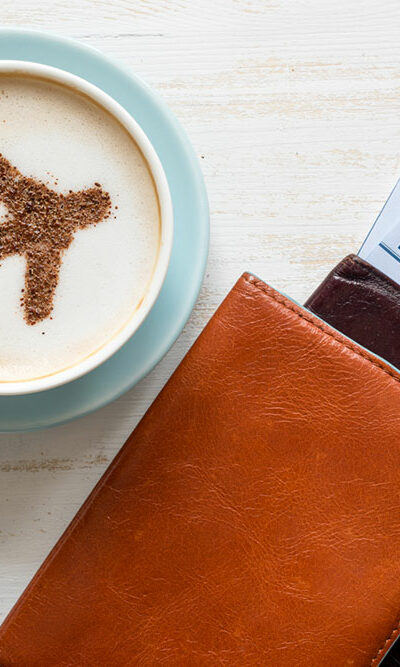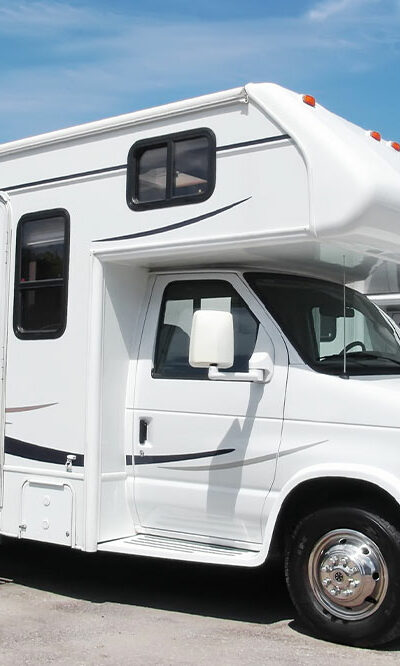
6 trips to consider taking in an RV
Traveling across the country in an RV opens up endless possibilities for adventures and making memories for a lifetime. With a wide range of experiences in the country, from hills and valleys to national parks and riversides, there is a lot you can explore in the comfort of your RV. If you are confused about your next travel destination, here are six places that rank at the top of most RV drivers’ lists: Florida Keys If you are looking for a tropical road trip, the Florida Overseas Highway spans over 100 miles from Key Largo to Key West. This scenic drive also has a lot of exciting activities to offer, such as snorkeling, swimming with dolphins, and exploring state parks and museums. Alabama Coast Start in Mobile and head down the picturesque Route 98 for an exciting cultural experience with Creole, French, and Spanish heritage. For those with a fascination for history, this coastline also features World War II battleships, submarines, and mansions. Grand Canyon National Park Visit the Grand Canyon National Park in the spring, and experience the gorgeous wildflowers in bloom. With an RV campground right outside the park, you can take up little treks and explore the area at your own pace. Yellowstone National Park Yellowstone is known for its breathtaking views and proximity to wildlife. Visit this national park in the spring to witness wilderness at its peak, with animals coming out of hibernation and baby animals in their natural habitats. The park has access to various campgrounds, so you can park your RV and move around comfortably. Historic New England If you are moved by history, take a trip around New England, covering the states of Maine, New Hampshire, Vermont, and Massachusetts. These areas carry gorgeous glimpses of nature and elegant pieces of history through historic colonial sites.
